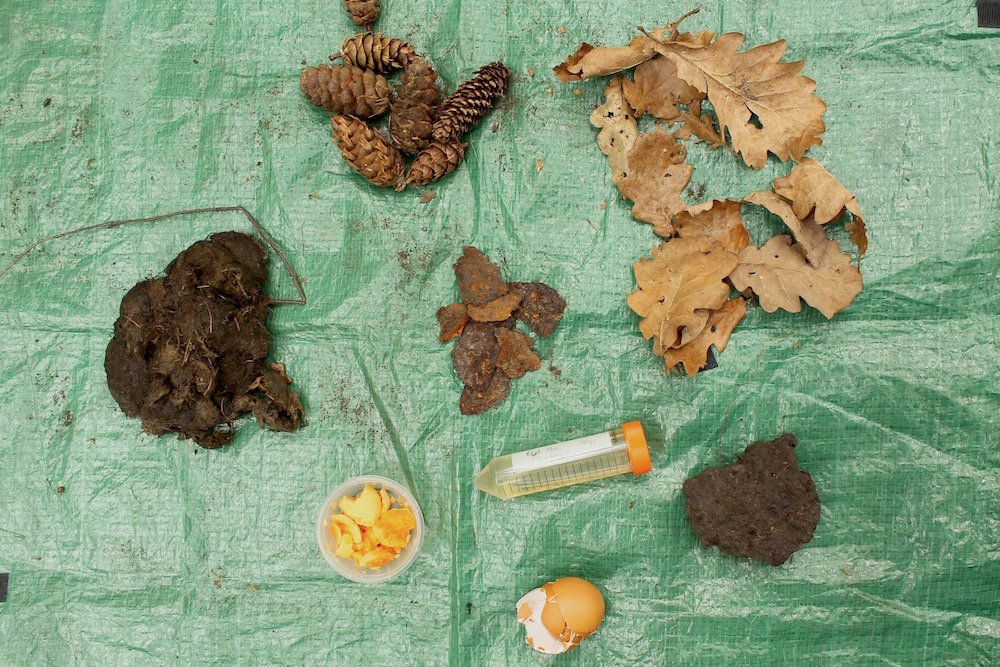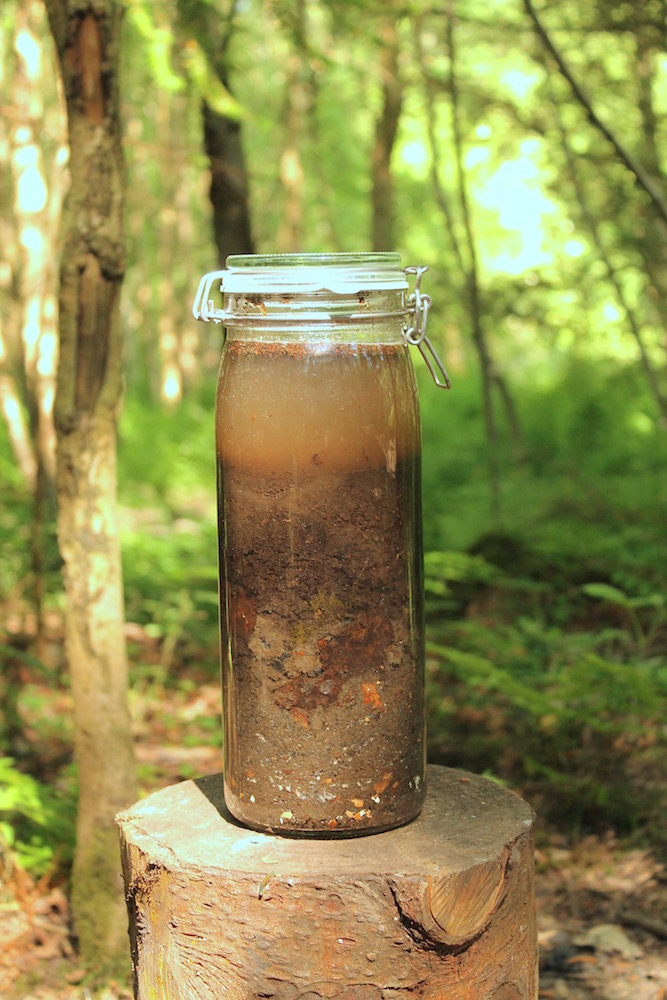During an exploration of a once multi-use and now a remediating woodland with designated ancient soil, Dukes Hagg Wood, the Wild Museum, revealed complex histories and problematic relationships.
Over a two-day period as an embedded residency, water samples were tested, soil dug-up, objects collected and contentious indicators around land use, industry, access, management and extractivist practices were uncovered.
To develop a greater understanding of the woodland and its body of ancient soil, the project enlisted the assistance of microbial agents found living in the soil and waters of the site, and the dead scientist, Sergei Winogradskys method of mixed-culturing.
Created and now located on-site, the soil, water and objects are brought together as an autonomous and enclosed column. In time, the column will metabolise into the multi-cultures of Dukes Hagg Wood, visibly amplifying in zones, past and present memory whilst sensing the future in place.



